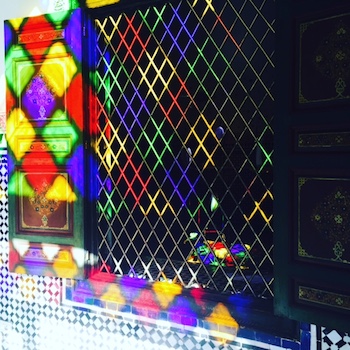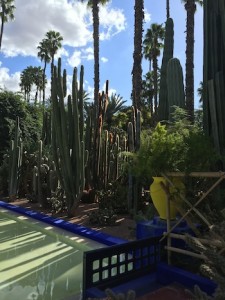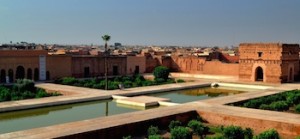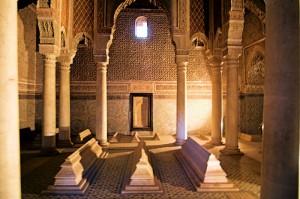Posts Tagged ‘Moroccan Palaces’
Must See, Top Rated Places and Palace in Marrakech offers the perfect Insiders Guide to travelers who are visiting Morocco on a Private Tour. Don’t miss out on some of Marrakech’s Best places that range for Palaces to ancient Mosques. Known for it’s magnificent palaces and old world decor designed…
Marrakech, referred to as the “red hamra” city is a major city in Morocco known for it’s magnificent ochre color and is an attraction in itself. Marrakech boasts a vibrant street life and a rich array of drought tolerant…
The Marrakech Museum for Photography and Visual Arts (MMPVA) has been awarded the “Best Emerging Culture Destination Africa” Prize, by the Leading Culture Destination Awards 2015. The Marrakech Museum for Photography and Visual Arts has featured the work of Don McCullin, Lewis Morley, Magnum…
Morocco has the richest Islamic architectural heritage in North Africa. Key to this was the influence of Muslim Andalusia, as Muslims were expelled from Spain as a result of the Christian Reconquista led by King Ferdinand and Queen Isabella in 1492. This Andalusian style, which was a rich fusion of…





